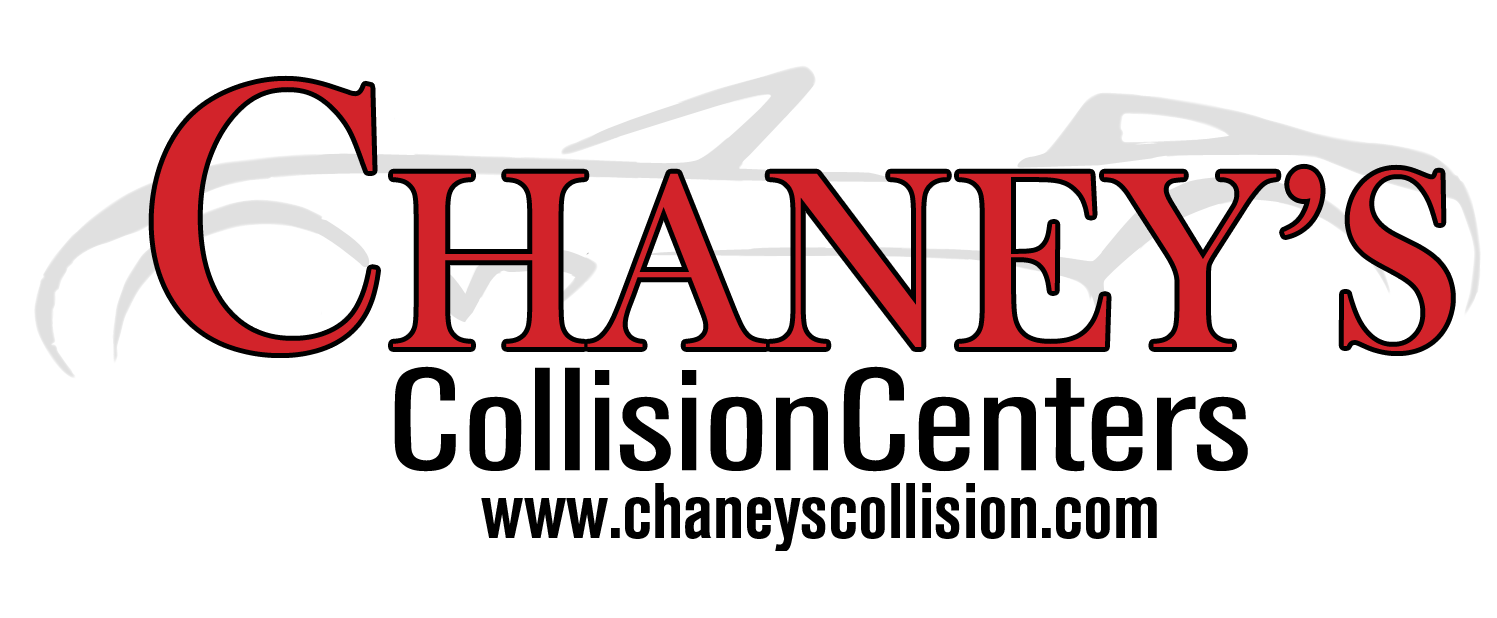How Often Should You Inspect Your Vehicle After Repairs?
 After your vehicle undergoes any form of repair, especially if it involves crucial systems like the engine, brakes, or suspension, regular inspections are key to ensuring ongoing safety and performance. These follow-up inspections can help identify if the repairs were successful or if additional issues have emerged as a result. Understanding the frequency and thoroughness needed for these inspections is crucial for maintaining your vehicle in optimal condition. This article delves into the best practices for inspecting your vehicle post-repair, providing a guideline to help you ensure that your car remains in excellent working order.
After your vehicle undergoes any form of repair, especially if it involves crucial systems like the engine, brakes, or suspension, regular inspections are key to ensuring ongoing safety and performance. These follow-up inspections can help identify if the repairs were successful or if additional issues have emerged as a result. Understanding the frequency and thoroughness needed for these inspections is crucial for maintaining your vehicle in optimal condition. This article delves into the best practices for inspecting your vehicle post-repair, providing a guideline to help you ensure that your car remains in excellent working order.
Immediate Post-Repair Inspection
Check Immediately After Repairs
The first inspection should occur immediately after the repairs are completed, ideally before you even leave the auto body shop. This initial check ensures that everything has been addressed as agreed and that the vehicle is functioning correctly. Test all the repairs made in a controlled environment, which can involve a test drive that the repair shop should facilitate.
Verify Repair Quality
During this initial inspection, verify the quality of the repairs. Check the areas that were fixed to ensure everything looks, feels, and functions as it should. This is the time to address any discrepancies or issues directly with the service provider before the vehicle is put back into regular use.
Short-Term Follow-Up Inspections
Within the First Week
During the first week after retrieving your vehicle, pay close attention to how it drives. Listen for unusual noises, feel for new vibrations, and watch for visual cues like uneven tire wear or leaking fluids. These signs could indicate that some aspects of the repair need revisiting.
After 100 Miles
It’s a good idea to conduct another thorough check of your vehicle after approximately 100 miles of driving. This allows you to assess the work after the car has been through sufficient driving to reveal any underlying issues not apparent in the repair shop’s environment.
Routine Inspections for Long-Term Maintenance
Monthly Checks
Setting a monthly schedule for inspecting your vehicle can help catch issues early, potentially saving you from expensive repairs down the line. These checks should include tire inspections, fluid levels, the undercarriage, brakes, and any areas previously repaired.
Seasonal Reviews
As seasons change, different aspects of your vehicle are affected. For instance, batteries and tire pressure can be impacted by temperature changes. Seasonal reviews should therefore include a comprehensive check of all systems, especially focusing on any previous repairs to ensure they are holding up under seasonal stresses.
Utilizing Professional Services
Annual Professional Inspections
Besides your own regular checks, it’s advisable to have your vehicle inspected annually by a professional. This is particularly important for vehicles that have undergone significant repairs. Professionals may detect issues that are not apparent to the untrained eye.
After Unusual Events
If your vehicle experiences an unusual event like a minor accident, hitting a deep pothole, or other impacts, schedule a professional inspection immediately. Even if the vehicle has been repaired recently, new issues can arise from such events.
Conclusion
Regular inspections after vehicle repairs are crucial for ensuring that your car remains safe and reliable. Starting with an immediate post-repair inspection and continuing with regular self-checks and professional reviews, you can maintain your vehicle in top condition and avoid further issues. Remember, the goal of these inspections is not just to address immediate concerns but also to anticipate potential future problems.

